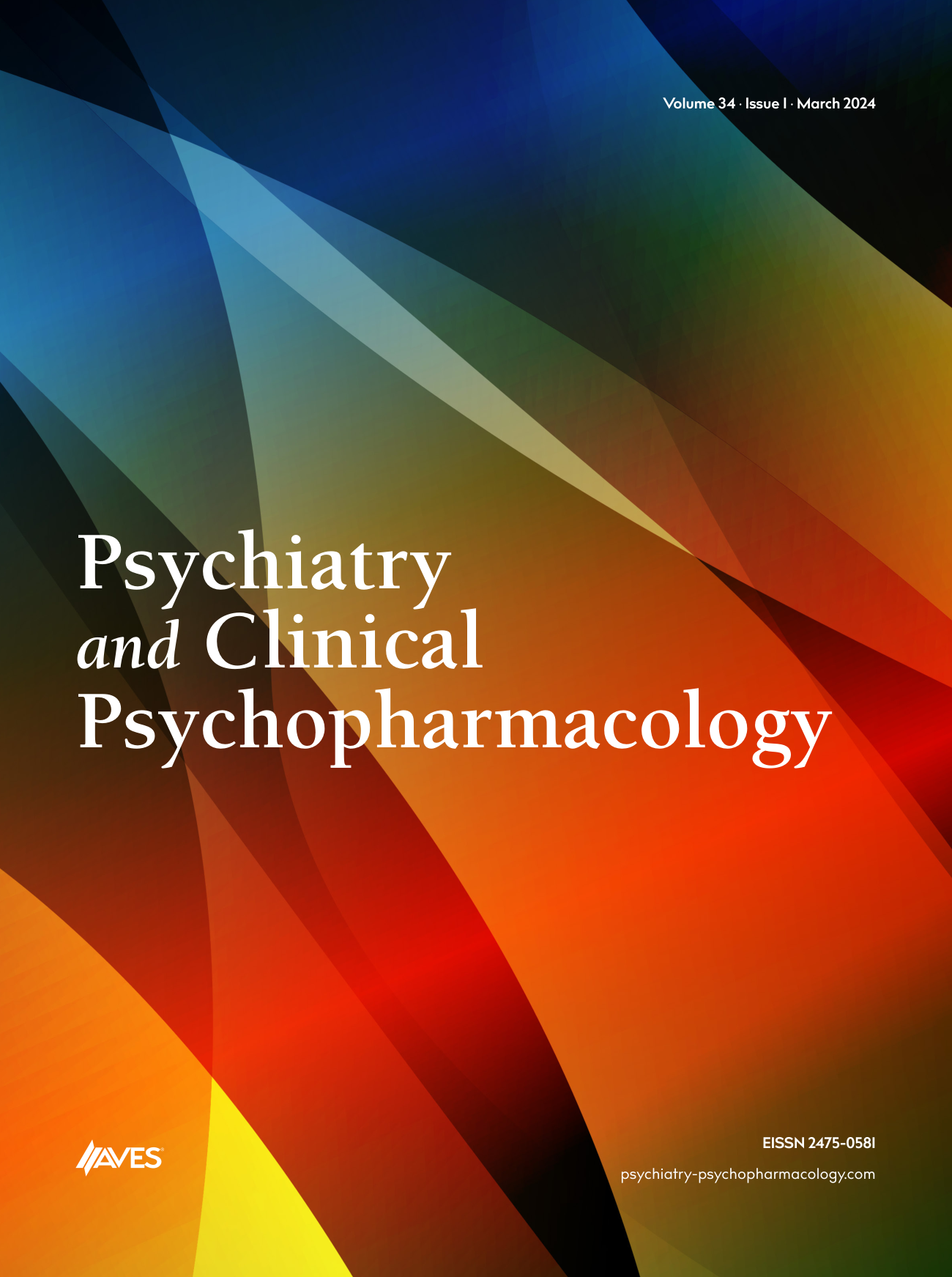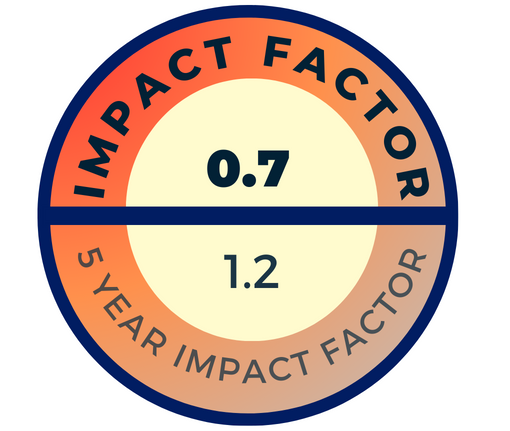Corticosteroids arewidely used in treating many medical disorders. It has been stated in literature for a long time that, affective symptoms is one of the possible adverse effects of corticosteroids. Psychiatric disorders, which are often triggered by corticosteroids include mania, depression, psychotic or mixed mood, cognitive impairments and milder psychiatric disorders such as irritability, insomnia, anxiety and unstable temperament. In short-term use of corticosteroids, euphoria and hypomania are observed very often whereas depressive symptoms are seen more often in long-term corticosteroid therapy. In this paper, a case of major depression with psychotic features, which is probably related to the use of corticosteroid is presented and treatment process is reviewed. A 29-year-old male patient was admitted to our clinic due to the suicide attempt trying to throw himself out from the window of the room where he received chemotherapy. On his psychiatric examination; His affect was distressing, mood was depressive and reality testing was impaired. The patient was not making eye contact, his speech was monotonous and tone of his voice was low. Thought of death was ongoing. 20 days ago complaints of sadness, crying, loss of appetite, persistent sleep, thoughts of death, unwillingness to talk, when he spoke, began to form nonsense sentences. From the medical history of the patient it was learned that, 6 months ago he received a diagnosis of lymphoblastic lymphoma and began chemotherapy. Four months ago, in addition to chemotherapy, he has been treated with methylprednisolone 80 mg/day (p.o) for a period of one month. For the last one month, he was on dexamethasone 20 mg/day (p.o) treatment. There was no history of psychiatric illness in the patient’s history and in the family history. The clinical picture was considered as cortisone-induced psychotic depression and, in consultation with hematology department, dexamethasone treatment was discontinued. Treatment regimen was arranged as haloperidol tablet 10mg/day, biperidene tablet 4 mg/day, olanzapine Tablet 5 mg/day, sertraline tablet 50 mg/day. On the absence of clinical improvement, ECT under general anesthesia was planned. At the end of the 4th ECT session, thepatient’s eye contact and increase in the speech amount was notable. There was no ambiguity in the thought content and no association clutter. ECT treatment was completed in seven sessions and drug treatment was held olanzapine tablet 10 mg/day and sertraline tablet 50 mg/day. The risk factors for psychiatric disorders triggered by corticosteroids are not fully understood and cannot be predicted in advance. Dose of corticosteroid appears to be the most important risk factor. Corticosteroid dose of below 40 mg per day is the low risk, intermediate risk is between 40 to 80 mg, there is a high risk above 80 mg. In the literature, there is quite limited data on psychiatric symptoms caused by corticosteroids and is largely based on case reports. Therefore, clinicians should be cautious about psychiatric side effects of corticosteroids, the clinical picture should be closely monitored and patients should be informed against possible side effects.



